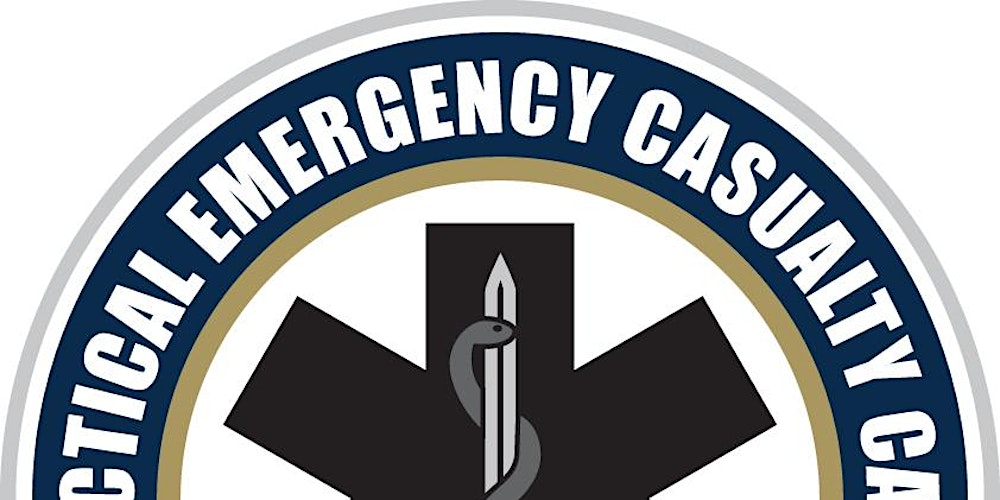+1 This.
Adventure Medical Kits sell pre-made kits, as well as Dark Angel Medical, ITS, Live The Creed, Bear Independent, and on and on and on...
Personally, I like the Dark Angel kits because they have been in the game a long time, and have practiced trauma medicine. Additionally, they guarantee their kits to replace any items you use, and they offer training as well (although they do not offer a “certification”).
Building a kit can sometimes be less expensive, other times way more costly if you chose to build a very robust kit with only the highest-end components. The best part about building your own kit is it forces you to think about every piece of equipment you are putting in it, and why you want/need it.
I like the Bass Pro/Cabelas dry boxes for a home-made trauma kit. This is not an IFAK to carry on me, but for disaster preparedness. This is in addition to the daily first aid kit for scrapes and bruises my kid often gets.

Adventure Medical Kits sell pre-made kits, as well as Dark Angel Medical, ITS, Live The Creed, Bear Independent, and on and on and on...
Personally, I like the Dark Angel kits because they have been in the game a long time, and have practiced trauma medicine. Additionally, they guarantee their kits to replace any items you use, and they offer training as well (although they do not offer a “certification”).
Building a kit can sometimes be less expensive, other times way more costly if you chose to build a very robust kit with only the highest-end components. The best part about building your own kit is it forces you to think about every piece of equipment you are putting in it, and why you want/need it.
I like the Bass Pro/Cabelas dry boxes for a home-made trauma kit. This is not an IFAK to carry on me, but for disaster preparedness. This is in addition to the daily first aid kit for scrapes and bruises my kid often gets.
















